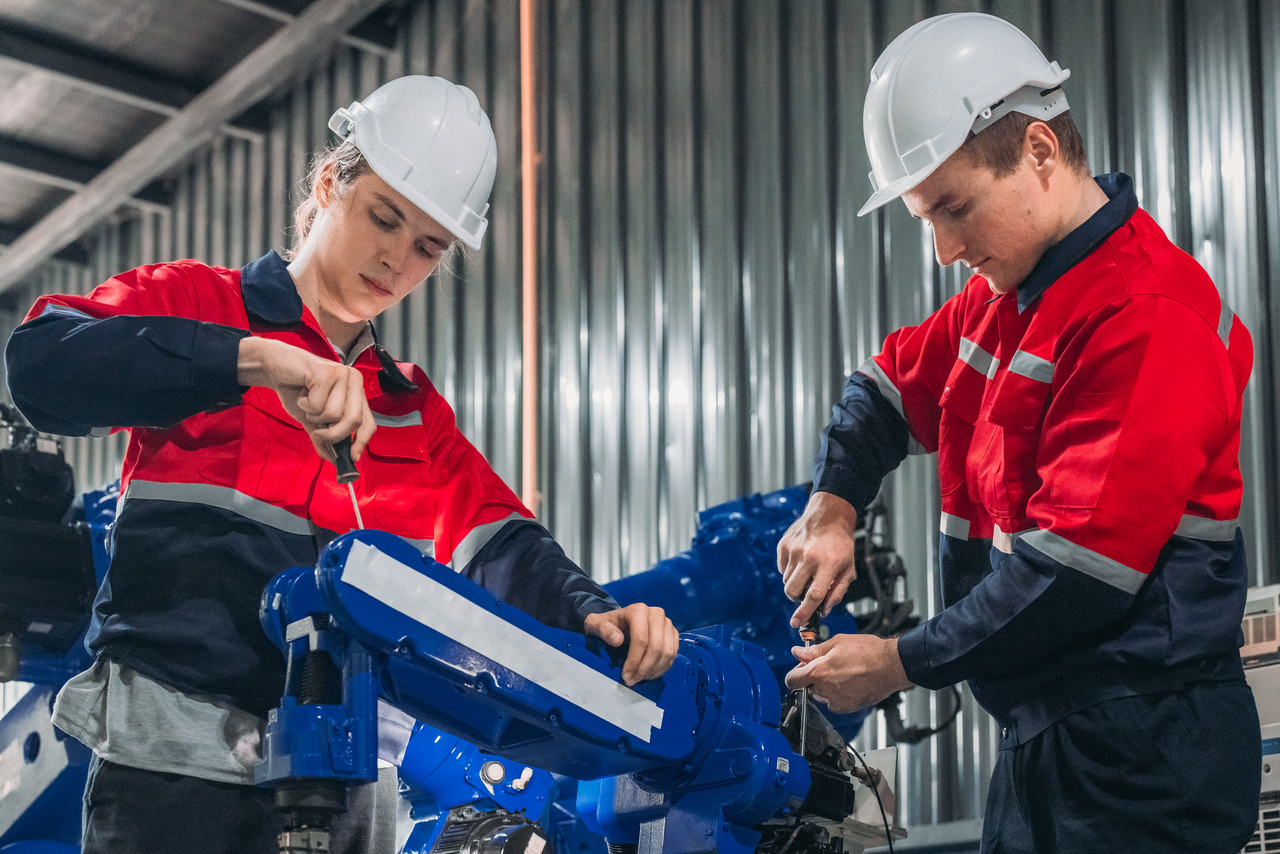Condition-based maintenance is based on real-time assessment of the condition of critical assets, using techniques such as tribology, thermography, and vibration analysis. The objective is to detect anomalies early and be able to execute preventive actions before potential failures occur.
In this context, critical assets are defined as those equipment, infrastructure elements, or systems essential for the safe, efficient, and continuous operation of a plant or process: their failure or interruption will have a significant impact on production, safety, the environment, and finances.

We'll use one of our projects as an example. This project was for a factory that never stops working. For many years, they had been checking their machines on a regular schedule to keep them running smoothly. But there was a big problem with this approach. Some of their most important machines were in really hard-to-get-to places and were always under a lot of stress. Because of this, they could not check these machines as often or as thoroughly as they needed to.
When the operators saw that the old way of working was limited, they decided to put in place a system that constantly watches the machines. This system uses sensors to measure things like how hot the machines are and how much they vibrate. After a few weeks of collecting data, they noticed something strange happening to one of the motors. It was vibrating more and more, which meant that something inside the motor was wearing out faster than it should
Thanks to this project, we were able to schedule a strategic shutdown to carry out the necessary corrective actions. As a result, the failure was prevented and production continued uninterrupted, which translated into positive results in terms of operating costs and productivity.
This example demonstrates that condition-based maintenance has the potential to reduce the need for manual inspections and allows for timely, on-demand maintenance.
Condition-based maintenance originated in the 1960s as an alternative to scheduled, time-based interventions. With advancements in technology, it has become increasingly sophisticated and accessible. Sensors and IoT technology enable real-time analysis and cloud-based data processing, eliminating the need for costly computing equipment.
Platforms like Amazon Web Services (AWS), of which Ingedaca is a strategic partner, offer a comprehensive ecosystem of services that facilitate data processing and the implementation of machine learning algorithms in a flexible, scalable, cost-effective, secure, and reliable manner. Notably, the development of these algorithms has experienced exponential growth in recent years, driven by ongoing research and the availability of large volumes of data and libraries.
While conditions may vary, the general procedure for implementing a condition-based maintenance strategy, based on machine learning algorithms, includes the following steps:
Objective identification:
- Identify the critical equipment for plant operation and safety.
- Define clear objectives, including minimizing downtime, preventing equipment failures, and optimizing maintenance costs.
Data acquisition:
- Identify key variables (vibrations, temperature, pressure, energy use, etc.) for fault detection.
- Gather historical data on these variables to capture normal operating conditions.
- Clean the data to remove errors or inconsistencies.
Model training:
- Select an appropriate algorithm based on the available data type, computing infrastructure, and predictive maintenance objectives.
- Split data into training and testing sets.
- Train the model on the training set.
- Validate the model on the testing set and fine-tune as needed.
Implementation:
- Feed the model with real-time data.
- Set up alerts for anomalies.
- Create a response plan for maintenance teams..
- Evaluate the model's performance and make adjustments as needed.
Condition monitoring, powered by technology, has revolutionized industrial maintenance. By predicting equipment failures, it minimizes unplanned downtime, lowers costs, and improves overall productivity, making it the preferred approach over traditional reactive maintenance strategies.
Don't hesitate to reach out if you'd like to discuss this further. Our contact information is provided, and we're happy to schedule a quick call.